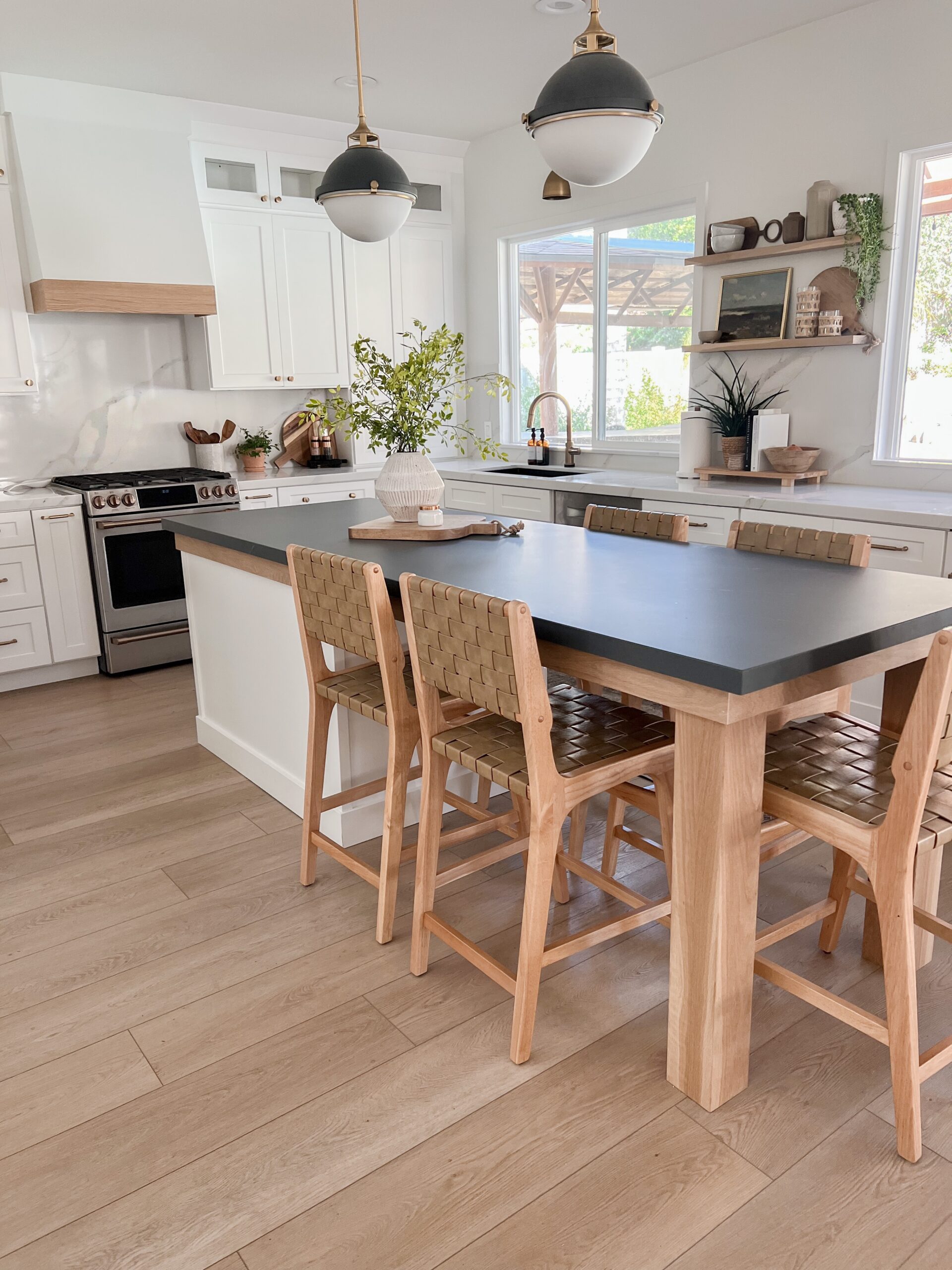Important Factors to Consider When Selecting Legs For Cooking Area Island
Picking the proper legs for a kitchen area island involves a careful assessment of multiple factors that can dramatically affect both functionality and visual charm. Among these, the selection of product plays a crucial duty in guaranteeing sturdiness, while the design has to match the existing decor. Furthermore, factors to consider such as height and weight support are necessary for stability and convenience. As we discover these aspects, it comes to be clear that each decision can have far-ranging ramifications for the total kitchen area experience. What nuances should be taken into consideration in each of these categories to accomplish the perfect equilibrium?
Material Options
When picking legs for a kitchen island, comprehending the numerous material choices is crucial for achieving both aesthetic charm and architectural honesty (Legs For Kitchen Island). The choice of material dramatically affects not only the resilience of the island however additionally its total design and performance
Steel legs, commonly made from stainless steel or functioned iron, contribute a industrial and modern feel while making certain longevity and security. These products are resistant to wear and can sustain significant weight, making them excellent for bigger islands.
One more option is engineered products, like MDF or plywood, which can be extra cost-efficient while still supplying an array of surfaces. Nonetheless, they might not offer the same degree of stability as solid timber or metal. Materials such as acrylic or glass can develop a contemporary appearance, though they may call for extra support to make certain stability.
Inevitably, the choice of material for cooking area island legs must line up with the desired capability and the general motif of the kitchen area.
Design And Style

When considering style, the shape and coating of the legs are critical. Tapered legs can offer a sense of lightness and beauty, while thicker, much more robust legs can convey strength and security. In addition, the coating-- be it repainted, tarnished, or all-natural-- must match the cabinets and countertop materials to develop a unified appearance.
Additionally, the style of the legs can additionally show personal taste. Personalized or attractive legs, such as those including elaborate carvings or one-of-a-kind geometric forms, can work as centerpieces, adding personality and individuality to the kitchen area. Ultimately, the right selection will not only enhance capability however also boost the aesthetic appeal, making the cooking area island a standout function of the home.
Elevation Factors To Consider
Choosing the proper elevation for kitchen area Related Site island legs is critical, as it straight impacts both performance and convenience. The basic elevation for a cooking area island usually varies from 36 to 42 inches, straightening with common countertop heights.

It is likewise crucial to represent users' choices and heights. Customizing the elevation can guarantee a comfy experience for all relative, making the kitchen area island a more pleasurable and useful area.
Weight Support
Making sure sufficient weight assistance for cooking area island legs is important for both safety and security and performance. The cooking area island typically serves several objectives, including cooking, dining, and added storage, demanding a robust support framework. When selecting legs, it is vital to consider the general weight ability required based on the island's intended usage and the materials that will certainly be placed on it.
The choice of product for the legs plays a substantial role in their weight-bearing abilities. Strong timber, metal, and durable composites generally supply superior strength compared to lighter products. Furthermore, the design of the legs-- whether they are right, tapered, or have a pedestal type-- can affect their Website capacity to distribute weight efficiently throughout the framework.
In addition, the leg placement should be purposefully planned to enhance stability. Legs positioned at the corners or with a broader base can much better sustain larger lots. Always speak with the supplier's requirements regarding load limits to guarantee that the legs can sustain the intended weight without compromising safety. In summary, selecting kitchen area island legs with sufficient weight assistance is essential for creating a functional and secure cooking room.
Installation and Upkeep
Correct setup and upkeep of kitchen area island legs are crucial for ensuring durability and security. This typically entails protecting the legs to the island base making use of appropriate bolts, ensuring that the legs are level and straightened.
When mounted, routine upkeep is necessary to protect the honesty and appearance of the legs - Legs For Kitchen Island. For wooden legs, routine cleansing with a damp fabric and application of ideal wood gloss can prevent wetness damages and keep their finish. Metal legs might call for a gentle cleaning service to remove grease and gunk, adhered to by a completely dry cloth to prevent rust development
Furthermore, examine the legs on a regular basis for indicators of wear or damages, such as cracks or loosened joints. Tightening screws or bolts as needed can likewise extend the life expectancy of the legs. By adhering to these setup and maintenance methods, house owners can make sure that their kitchen area island stays strong and visually appealing for many years to come.
Conclusion

Visual comprehensibility is paramount in selecting the style and style of legs for a kitchen area island, as these components substantially affect the overall ambiance of the space. Tapered legs can offer a sense of lightness and sophistication, while thicker, a lot more durable legs can share toughness and security.Picking the ideal elevation for cooking area island legs is critical, as it directly influences both capability and convenience. In recap, choosing kitchen area island legs with sufficient weight support is important for creating a safe and functional cooking area.
In final thought, choosing legs for a kitchen island necessitates mindful factor to consider of different elements, including material alternatives, design, height, weight support, and installment.
Comments on “Update Your Kitchen's Aesthetic with Premium Legs For Kitchen Island”